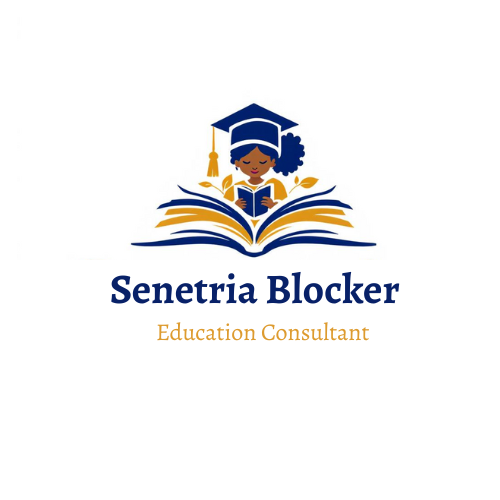Using Quick Response Codes in the Classroom
Before March 2020, I did not see many Quick Response Codes, QR Codes, used in instructional materials or classrooms. However, after the World Health Organization declared COVID-19 a pandemic and many schools across the country moved to online instruction, I started seeing QR Codes used in various ways in and out of classrooms. Because of a need to share information online and the inability to share information via paper, QR codes had fantastic come-up over the past three years. For this post, I want to address what is a QR code? How do you make a QR code? How can you use them in your classroom?
What is a Quick Response Code, QR Code? A QR code is a square-shaped two-dimensional barcode used to access online information. They are used for various purposes both in and out of instructional environments. I’ve used QR codes in restaurants, returned package labels, and even watched television to access information. Professionally I’ve used QR codes during presentations to share information, in learning centers in classrooms, and to collect data on Google forms. No need for an app. You can use the camera on your cell phone or tablet to access QR Codes.
Creating a QR code is surprisingly easy. Use a free website such as QR Code Generator to create a QR code. Copy the URL address from a website, Google Docs, Padlet, file, video, etc., that you want to use to create a QR code. Paste the link in the box labeled “Enter your website, text, or drop a file here.” Once you paste your link, the website automatically generates a QR Code. The QR code can then be downloaded and shared. Some platforms, like Padlet, provide QR codes under their share feature.
There are many ways to use QR Codes in your classroom. Before you share QR Codes with your students, make sure you correctly set the share settings on your document for the viewing or editing rights you intend for your students. Otherwise, students may be denied access.
Here are a few ideas for using QR Codes in the classroom.
Share a Message - Use QR Codes to share information with students, fellow staff, and parents, for example, sharing lessons with a substitute or updating parents on classroom assignments. Information can be in the form of video or written. After creating the link, the QR code can be printed or uploaded and shared multiple times with multiple people.
Instructions - Make a short video explaining an aspect of a lesson, for example, how to solve a math problem or conduct a science experiment. Students can use a tablet or cell phone to scan the QR Code and watch the video.
3. Learning Centers - QR codes are extremely useful for differentiating assignments because students can scan the code with their names or groups’ name and access materials. Teachers can differentiate content (what you teach) and product (materials produced to show learning) in reading centers to meet students' needs. Above-grade level readers can use QR codes to access a story on a curriculum website or websites like Storyline Online. Students that require reading support can reread a familiar story, read a story with strategic support, or listen to a story on the same site.
4. Add Student Choice - Allow students to select how they show their learning using QR Codes. Using a tablet, students can choose from graphic organizers or projects such as constructing a structure, writing a report, or drawing a picture to demonstrate understanding. Students could also reply to questions on a Padlet or Jamboard. All of these options are just a scan away!
5. Review Answers - Prepare a document with answers for an assignment or practice test explaining how the answer was reached, then generate a QR Code that leads students to your document online with just the scan. After completing the problems, students can check their work.
Share QR Codes in Google Classrooms, Canvas, and other platforms, or display them in newsletters, learning centers, and even on the classroom bulletin boards. The biggest drawback to using QR Codes might be a lack of available technology in your classroom. If you need additional technology, ask other teachers in the building to loan devices to your classroom for student center usage. You can also pair up students (one without tech with one who has tech). Another option is for students to use the camera on their assigned chrome book or a personal device if that is acceptable in your school system.



